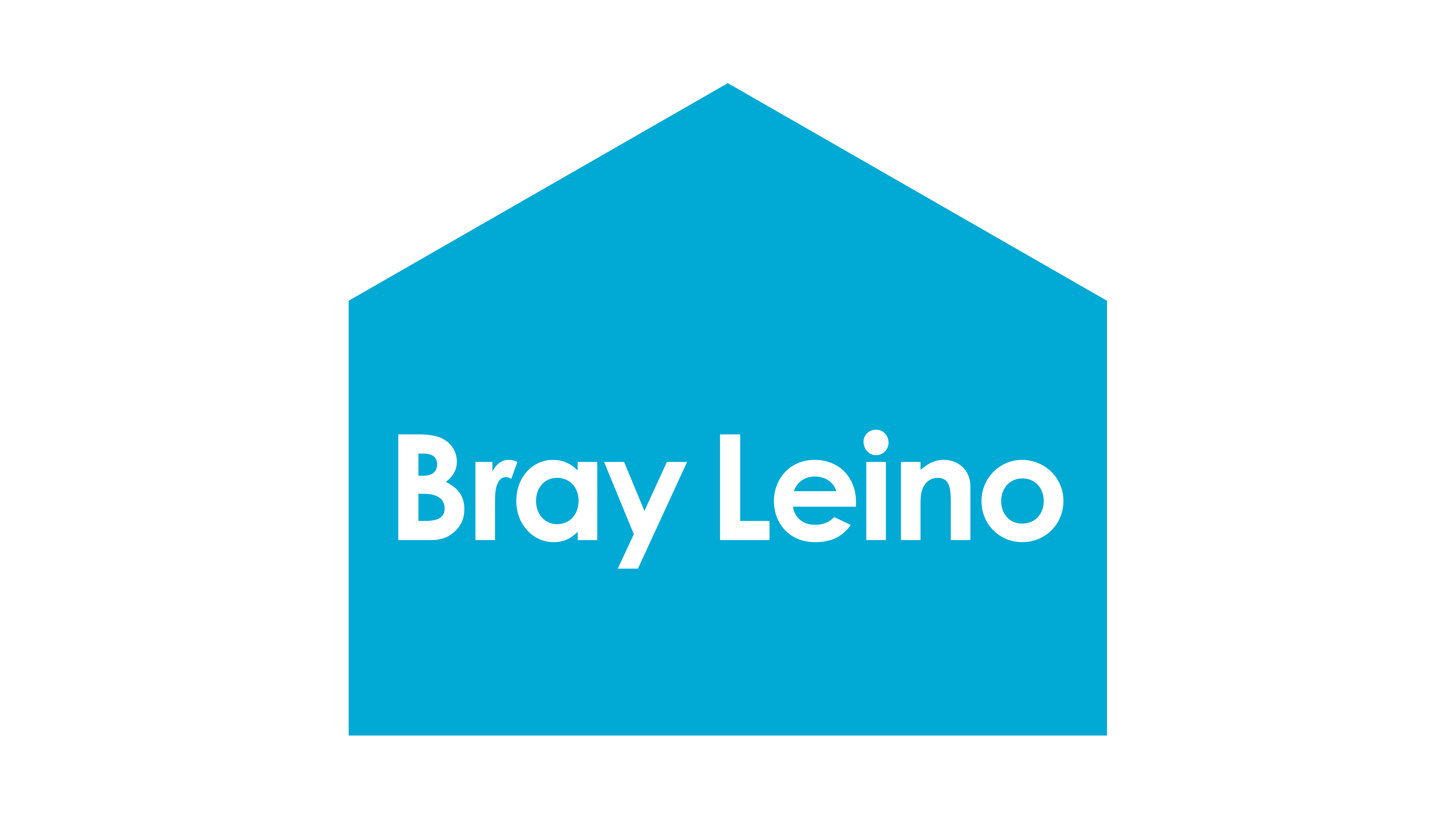A reaction to Facebook Reactions
Facebook’s worldwide introduction of Reactions is a good news/not so good news deal for brands, writes Bray Leino’s Head of Social Paul Trueman. Expanding the limits of the 'like' button has been on Facebook’s agenda for some time, and now it's happened.
Suddenly there’s more to ‘liking’ a piece of content (your friend’s new baby or Nike’s new ad) than just, well, liking it.
THE GOOD NEWS. People can now show that they really love your stuff.
THE BAD NEWS. People can now show that your stuff makes them angry. And not in a good way.
It will be interesting to see how Facebook builds this development into its insight reporting, as this change has the potential to provide much more nuance to engagement stats.
Here’s a very quick breakdown of this Brave/Funny/Loved/Sad/Angry New World.
The old faithful 'like' button is soon to be inevitably devalued.
Think of it like the old A in GCSEs. Been replaced by this bad boy…
The new A*
The share is still king of course. But if you’re a brand, it’s likely that 'love' will now be the added value stat in terms of evaluating and reporting user engagement. But what if it’s a funny piece of content?
…in which case 'ha ha' is what you’ll want to get lots of. Does this mean the death of the written ‘LOL’? Time will tell.
Facebook has built a tech infrastructure that enables them to make this sweeping global change everywhere at once, at the flick of a switch. This is impressive. This is…
You have to admire that agility and speed. Although it must make Twitter’s engineers…
…as they wrestle with their own attempts to make Twitter more like Facebook, now they’ve got this to deal with.
Because what Facebook needs are more ways to express anger, right?
Whilst some brands or organisation will want their fans and followers expressing anger or outrage – PETA and their campaign against the fur trade in the fashion industry springs to mind – it may be less welcome for a brand that has just published a promotional giveaway on Facebook but somehow inadvertently offended an entire country in the process.
What does it mean?
The immediate takeaway is that you need to be laser-clear on why a piece of content is being published. And if it works well, there’s going to be a whole new layer of data to explain why that might be.
But it will also force brands and social media teams to think about how to handle content that gets a harsh reception, and to ask:
- Are you targeting cleverly enough?
- Do people want to see particular types of brand content in their newsfeed?
The reaction is about to become much more tangible. And the results more visible.
If you’d like to talk to our digital specialists about what these changes mean for your brand, please get in touch
